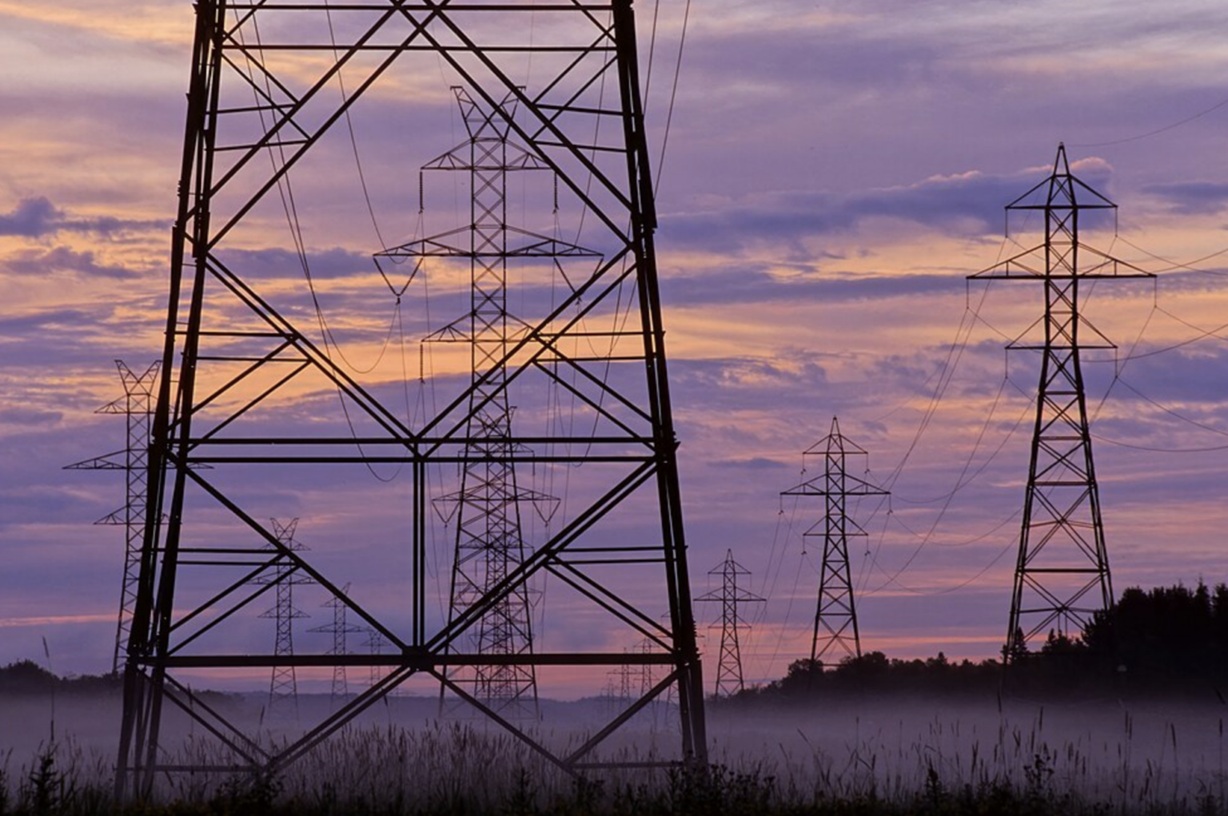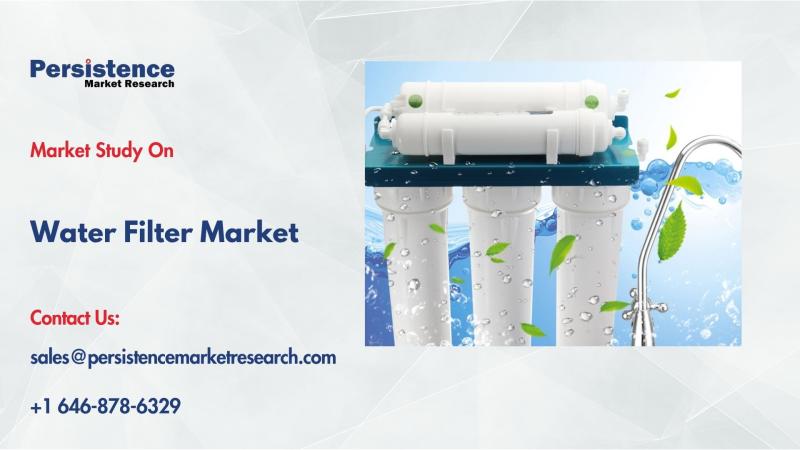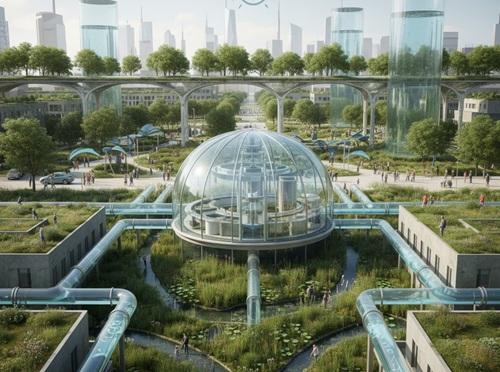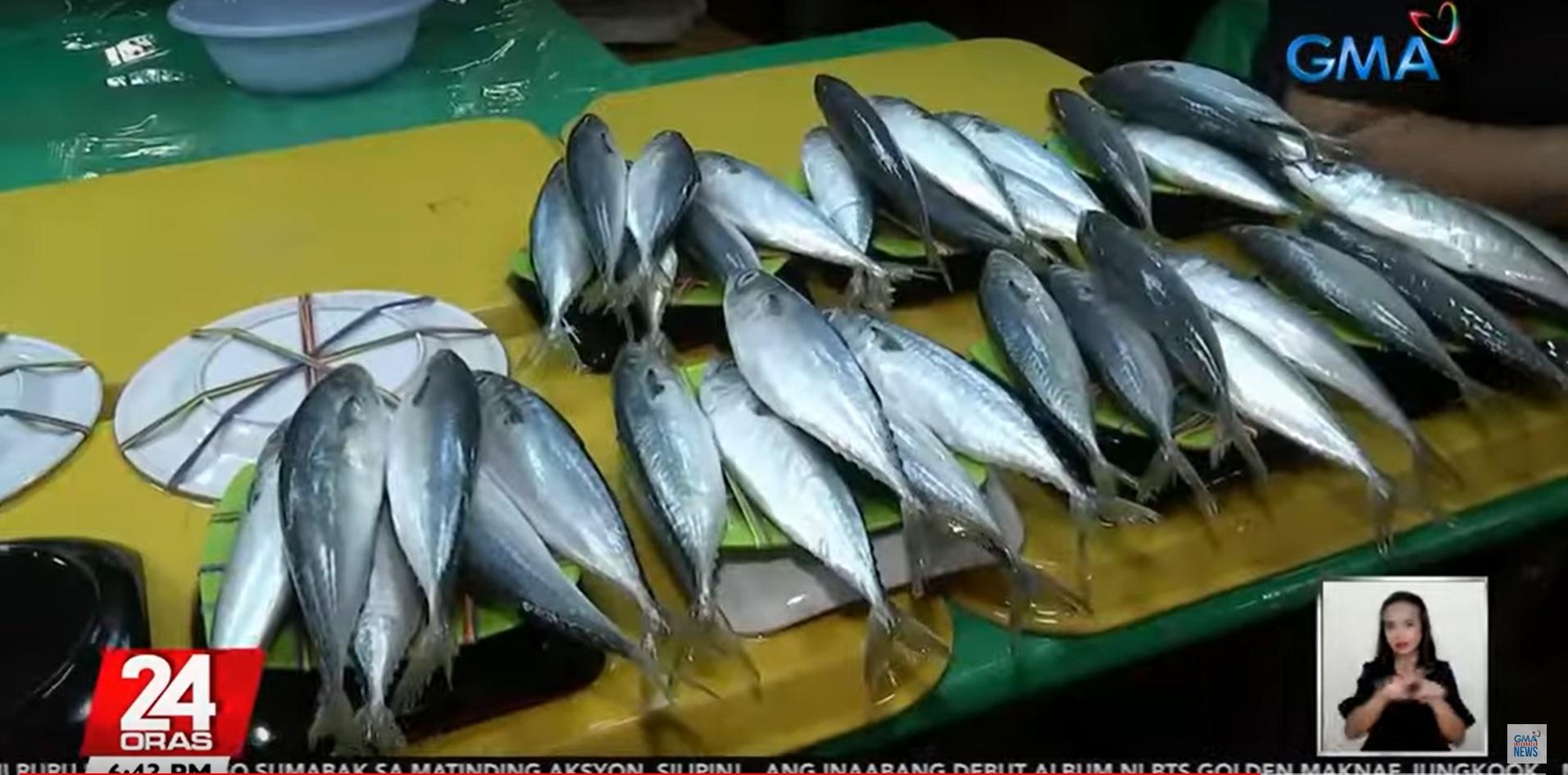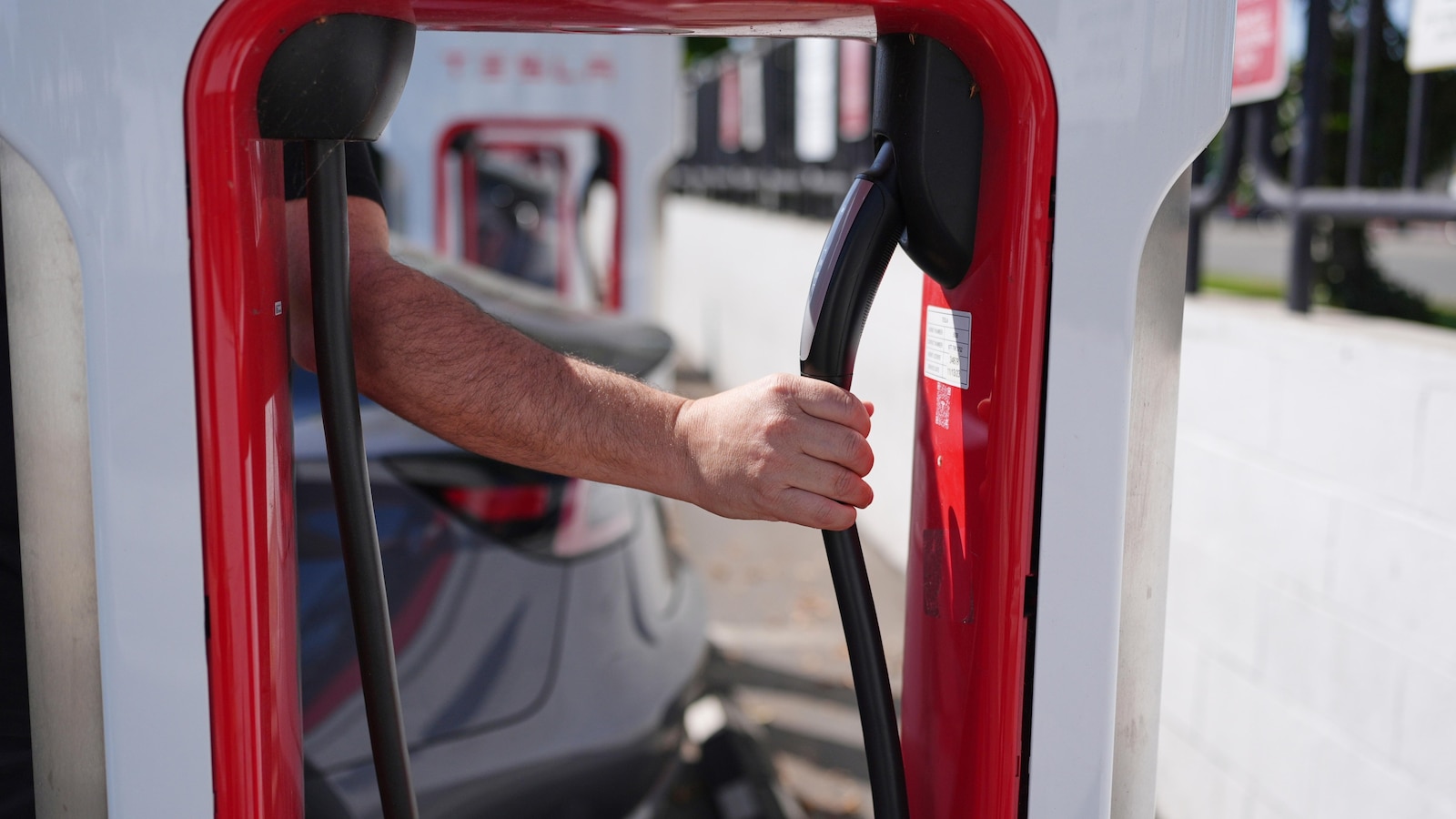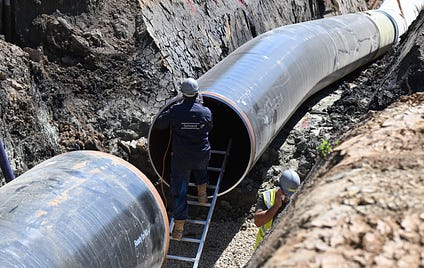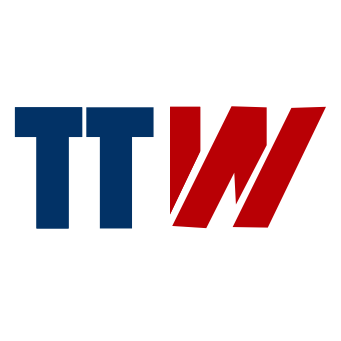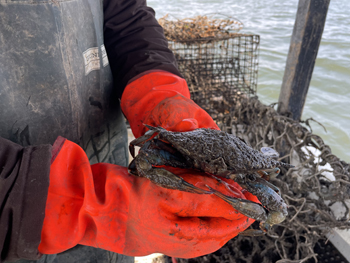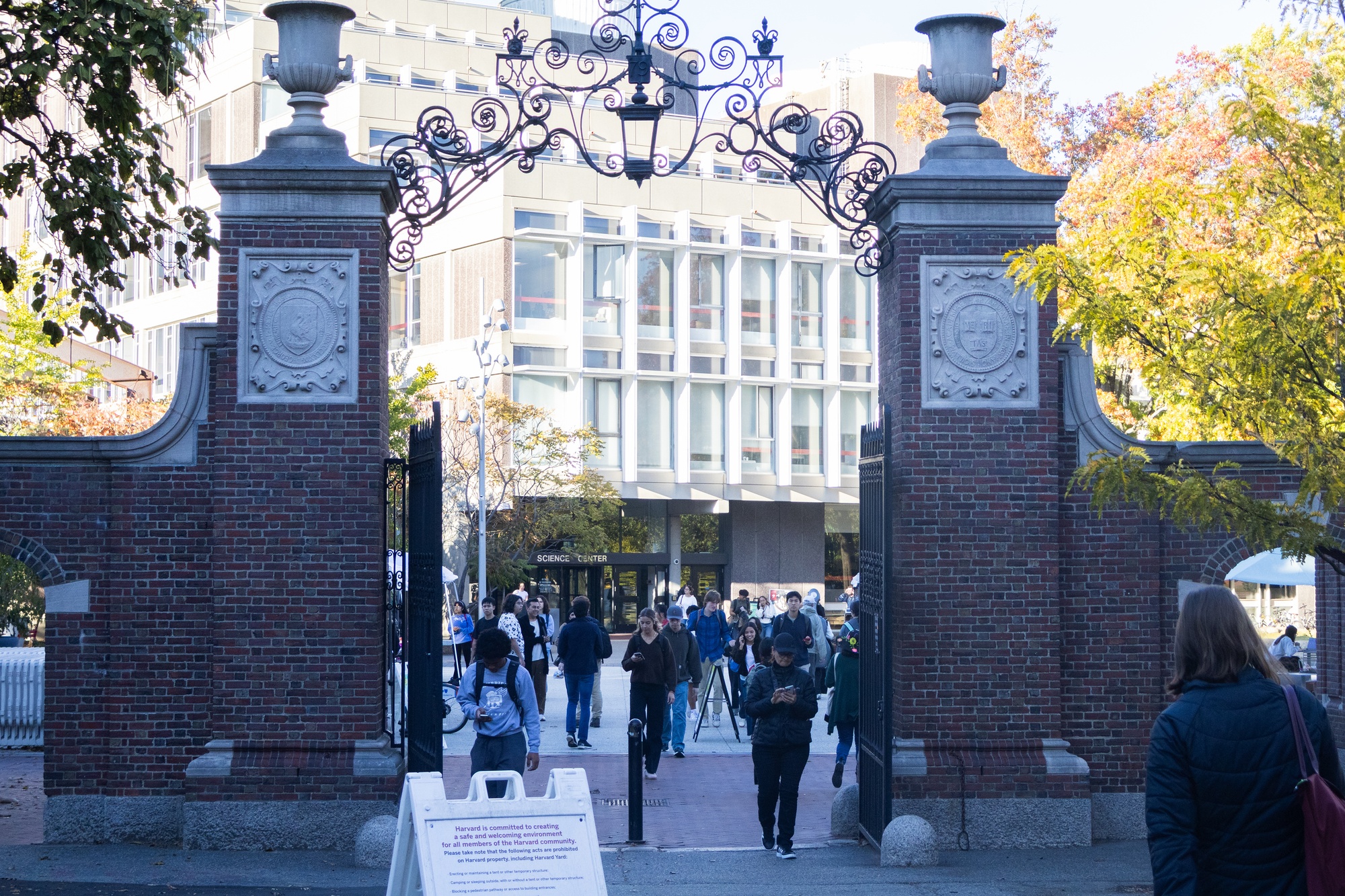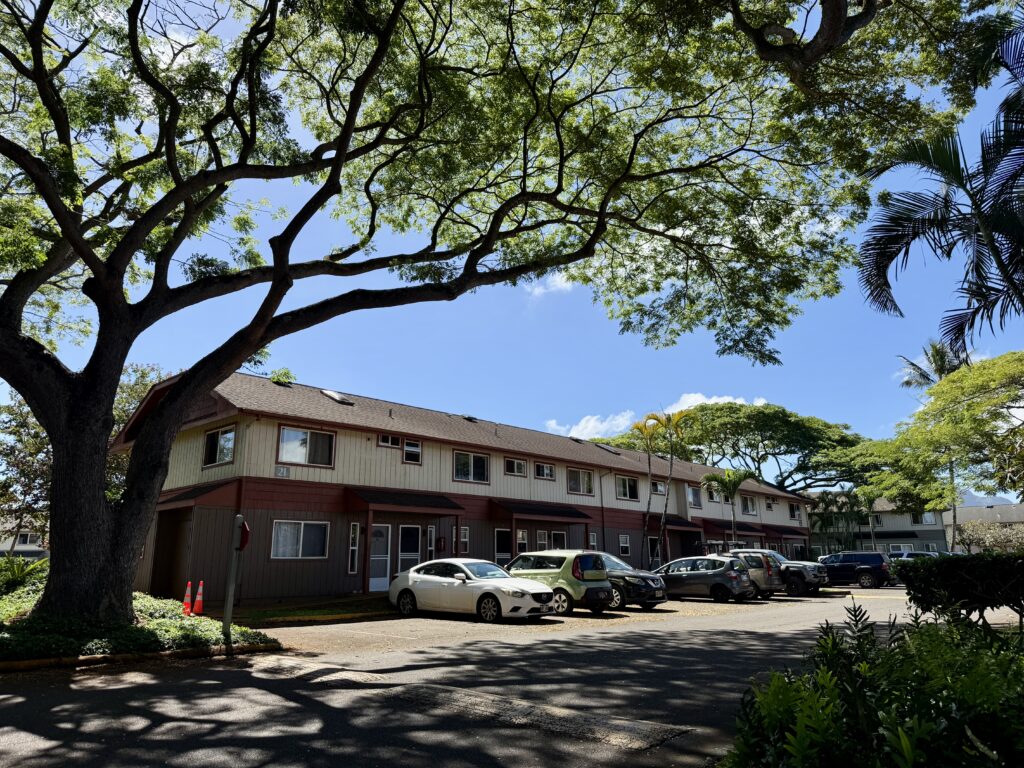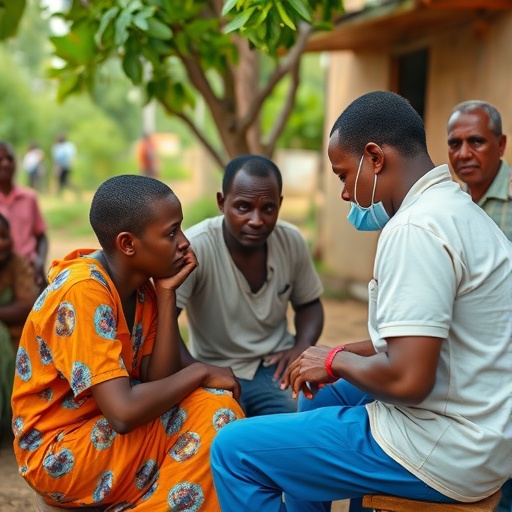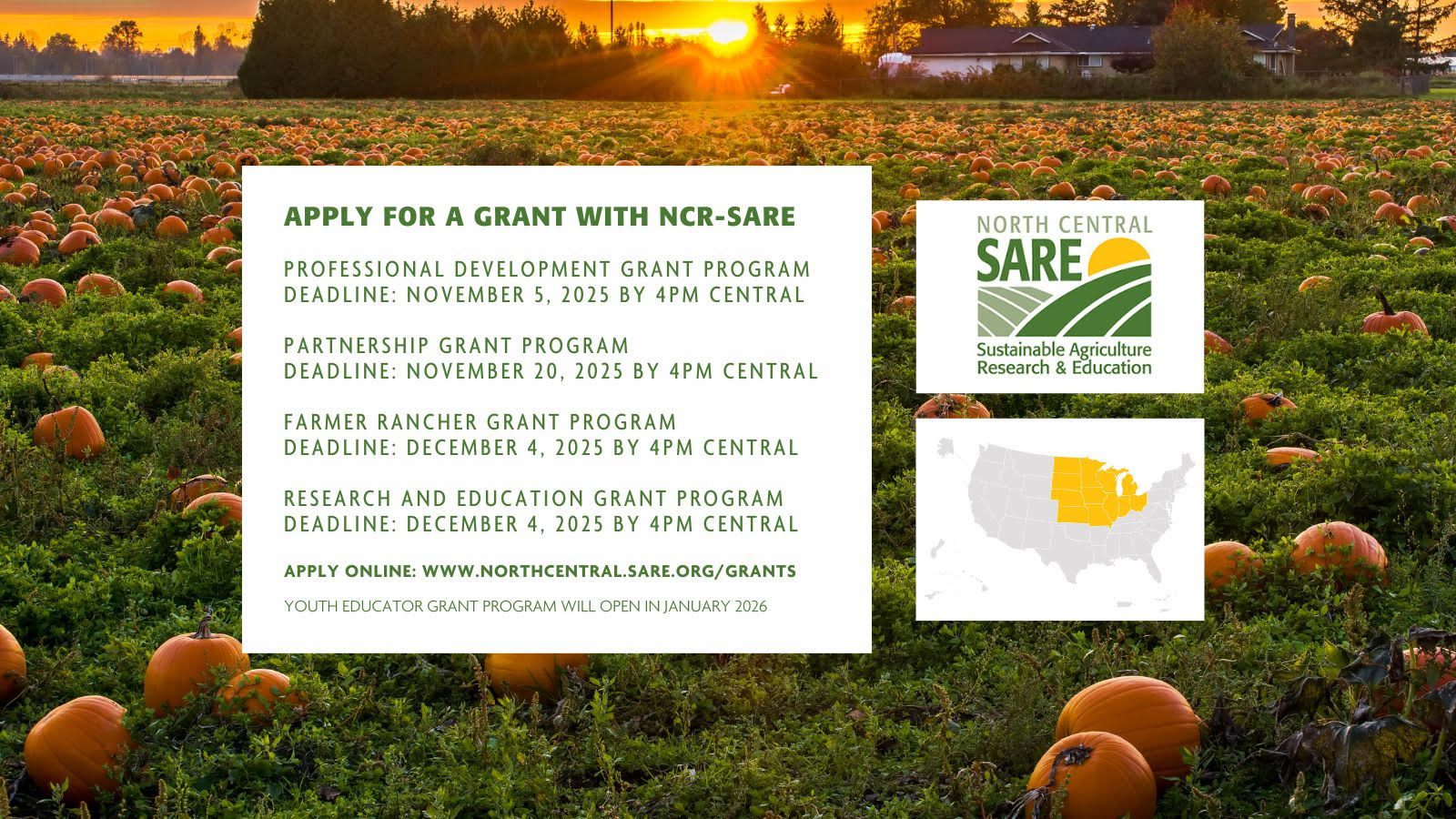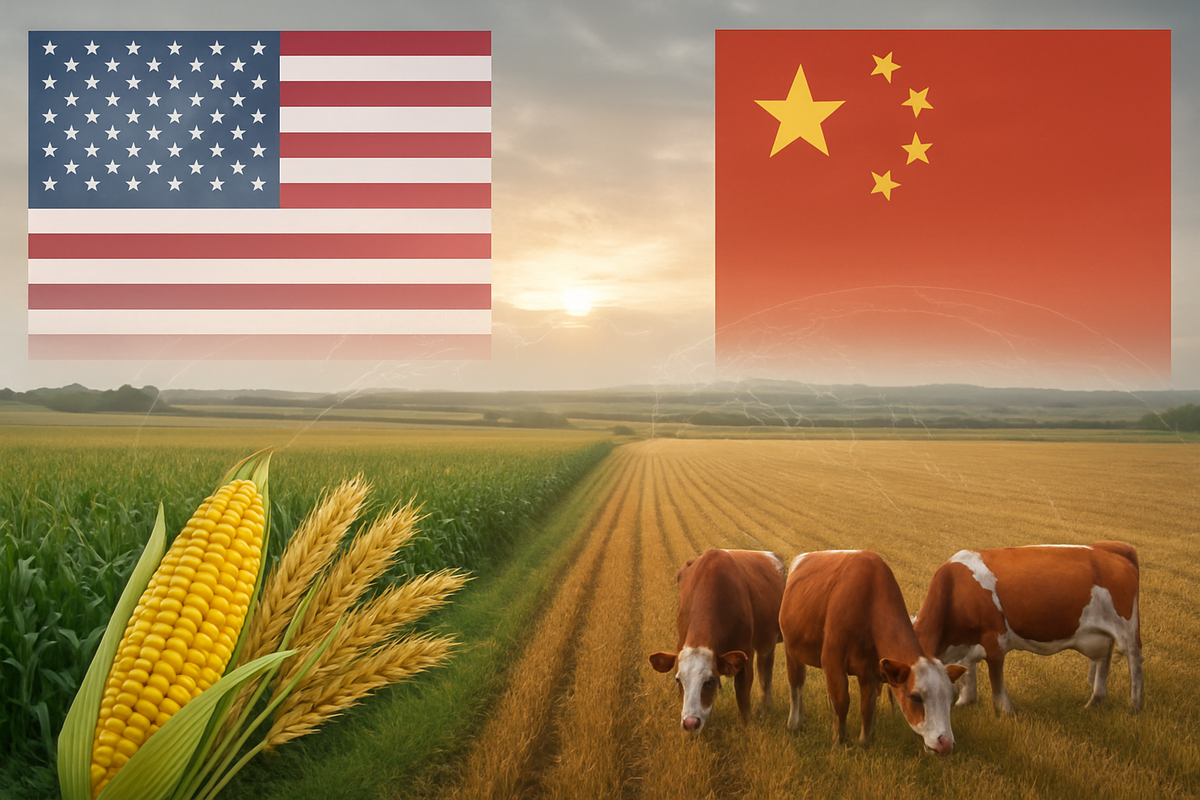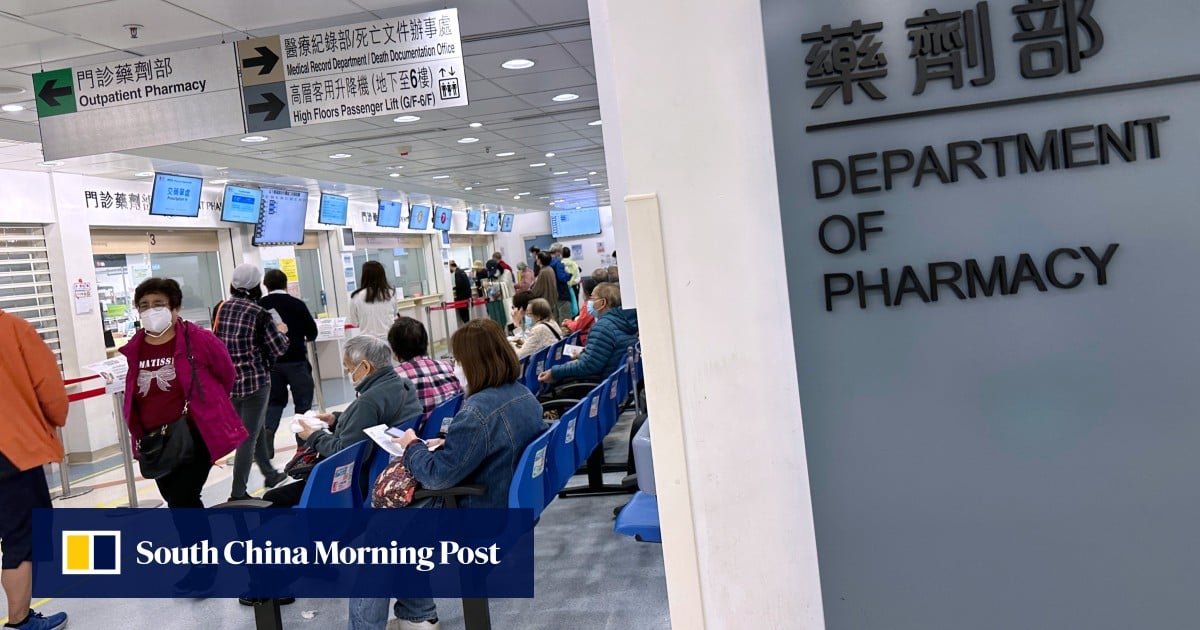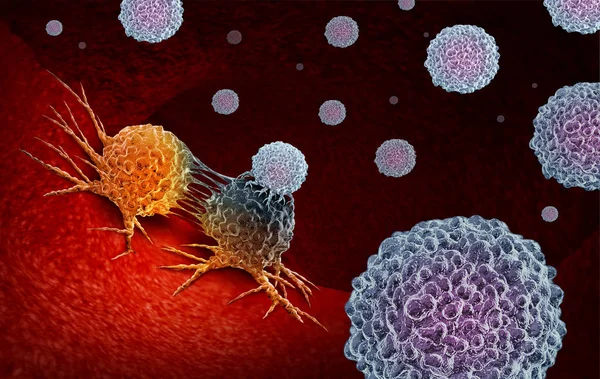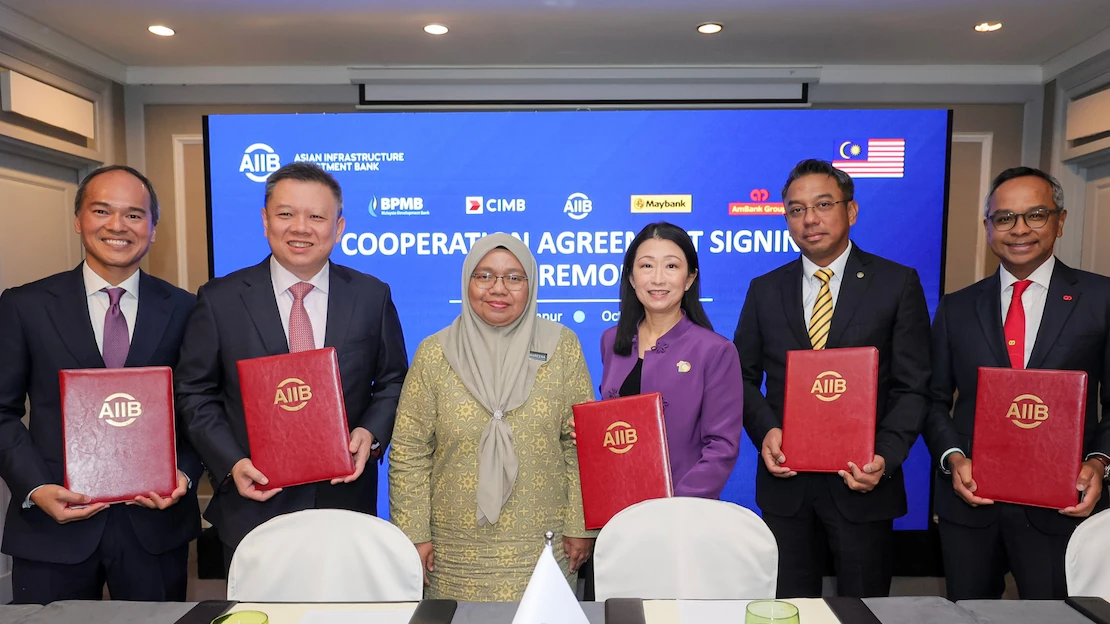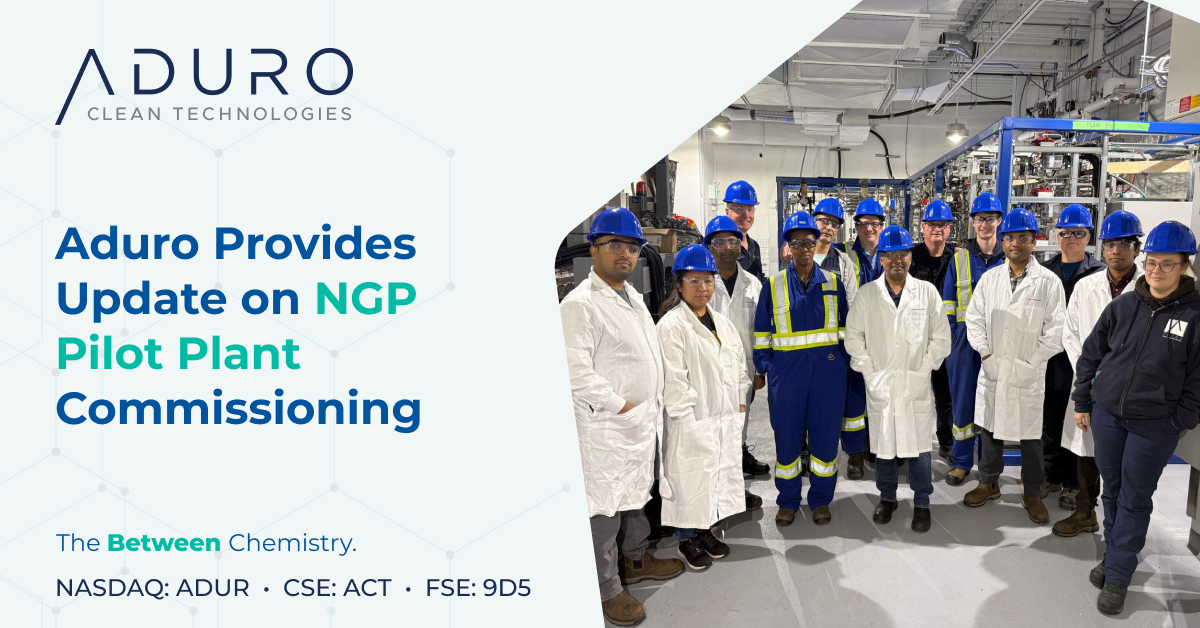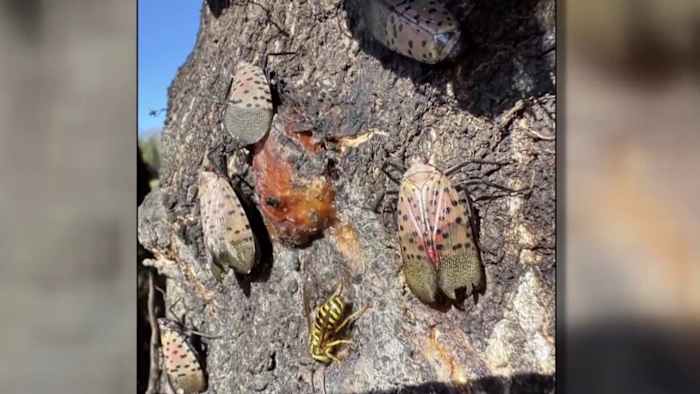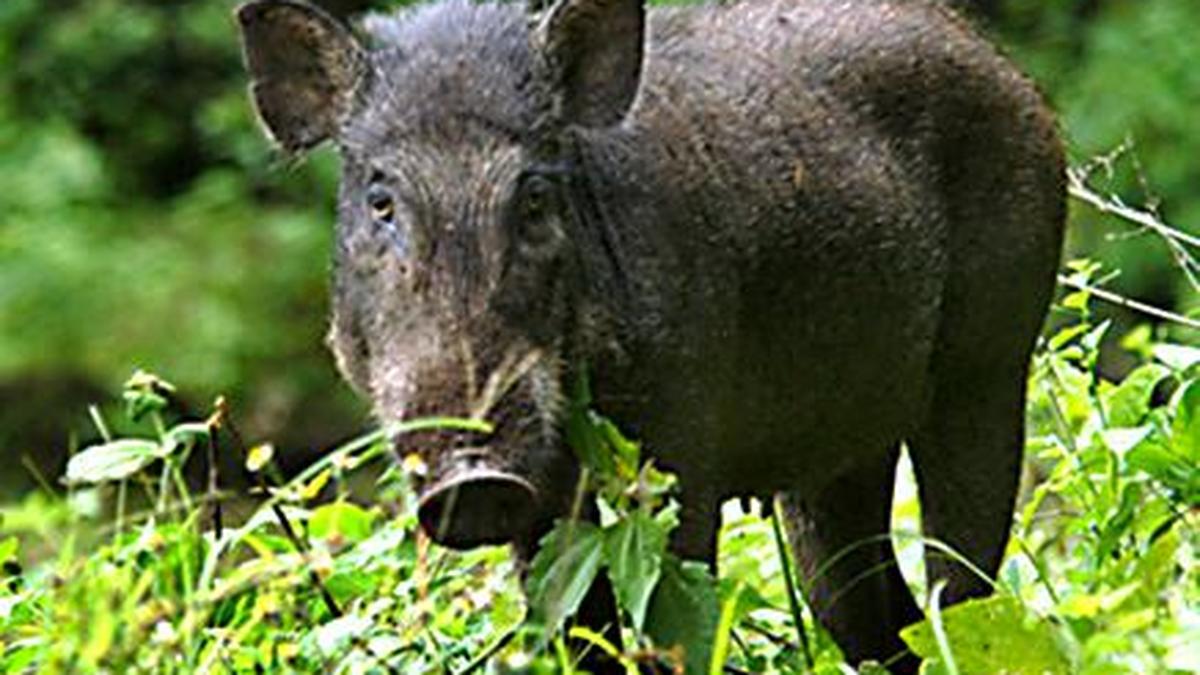Selecting effective plant species for the phytoremediation of persistent organic pollutants and multielement contaminated fibrous sediments – SpringerOpen
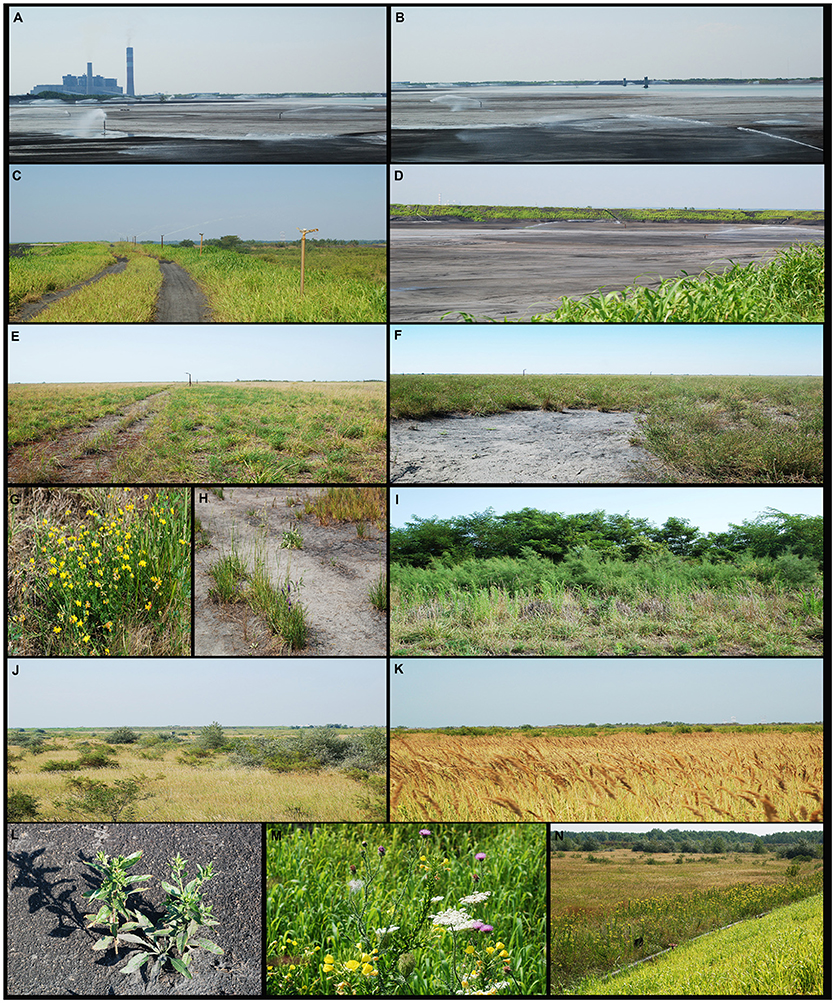
Report on the Phytoremediation Potential of Fiberbanks and Contribution to Sustainable Development Goals
Executive Summary
This report details an investigation into the use of phytoremediation for treating contaminated fiberbanks, a waste byproduct of the pulp and paper industry. The study assesses the phytotoxicity of fiberbank material, the capacity of selected plant species to accumulate heavy metals, the degradation of organic pollutants, and the overall feasibility of this green technology. The findings are framed within the context of the United Nations Sustainable Development Goals (SDGs), particularly SDG 12 (Responsible Consumption and Production), SDG 15 (Life on Land), and SDG 9 (Industry, Innovation, and Infrastructure), highlighting the potential for transforming industrial waste into a resource for environmental restoration.
Phytotoxicity Assessment and Plant Development
The viability of using fiberbanks as a growing medium was evaluated to determine its suitability for phytoremediation, a critical step for achieving land restoration as outlined in SDG 15. By repurposing this industrial waste, the study also addresses targets within SDG 12 for sustainable waste management.
Germination and Initial Growth
- Phytotoxicity tests were conducted using water-extracts from fiberbanks on several plant species.
- The Germination Index (GI) for Brassica napus, Brassica juncea, Helianthus annuus, and Hordeum vulgare consistently exceeded the 80% threshold, indicating low toxicity.
- GI values frequently surpassed 100%, suggesting that the fiberbank extract possesses phytostimulatory properties that can enhance plant growth.
- Robust plant species demonstrated tolerance to the slightly acidic pH and high electrical conductivity of the fiberbank extracts, confirming their suitability for challenging substrates.
Biomass Production and Substrate Tolerance
Phytoremediation trials were conducted using substrates containing high concentrations (70% and 90% by volume) of fiberbank material. High biomass production is essential for effective contaminant removal, directly supporting the goals of SDG 15.
- Hordeum vulgare (Barley) and Poa annua (Annual Bluegrass): These species showed the best overall development. Hordeum vulgare produced nearly double the biomass in fiberbank substrates compared to control treatments and exhibited a Tolerance Index (TI) around 2, indicating growth-stimulating conditions.
- Brassica juncea and Brassica napus: These species yielded more biomass in the 90% fiberbank substrate than in the 70% substrate, with TI values near or above 1, indicating healthy development. This suggests that the physical properties of the fiberbank, which resemble peat, are beneficial for growth.
- Helianthus annuus (Sunflower): This species showed poor tolerance. While seeds germinated, seedlings withered within 20 days in the 90% fiberbank substrate, resulting in a null TI. The low survival rate was attributed to unfavorable root-zone conditions rather than acute toxicity.
The successful cultivation of plants in substrates containing up to 90% fiberbank demonstrates a viable pathway for circular economy principles (SDG 12), converting a polluted byproduct into a functional growing medium and an alternative to peat.
Bioconcentration and Metal Uptake Efficiency
The study analyzed the phytoextraction of toxic metal(oid)s, a key process for decontaminating land and preventing pollution of water systems, aligning with SDG 15 and SDG 6 (Clean Water and Sanitation). This innovative biotechnological approach contributes to SDG 9.
Metal Accumulation and Bioconcentration Factor (BCF)
- High Affinity Accumulators: Brassica juncea, Brassica napus, and Helianthus annuus showed a higher affinity for Arsenic (As) and Cadmium (Cd). BCF values for Cd exceeded 1 in these species, classifying them as accumulators. Helianthus annuus also demonstrated a very high BCF for Copper (Cu).
- High General Accumulation: All tested species showed BCF values above 1 for Copper (Cu) and Zinc (Zn), as these are essential micronutrients.
- Low Affinity Accumulation: BCF values for Chromium (Cr), Lead (Pb), and Vanadium (V) were low (less than 0.1) across all species, likely due to limited bioavailability in the aged fiberbank material.
Uptake Efficiency (UE) and the Importance of Biomass
A critical finding of this report is the trade-off between the Bioconcentration Factor (BCF) and total biomass production when assessing overall remediation effectiveness.
- The Uptake Efficiency (UE), which accounts for both metal concentration and total plant biomass, provides a more accurate measure of phytoremediation potential than BCF alone.
- Despite having lower BCF values for certain metals, Poa annua and Hordeum vulgare demonstrated the highest overall UE for all targeted metals.
- This was due to their significantly greater aerial biomass yield, which compensated for lower metal concentrations in their tissues.
- This result underscores that for practical application in achieving SDG 15, selecting plants with high biomass and tolerance to the contaminated media can be more effective than selecting plants solely for their hyperaccumulation traits.
Time Estimates for Phytoextraction
The feasibility of phytoremediation is heavily dependent on the time required to achieve remediation goals. This analysis provides a practical outlook on the application of this technology for meeting the objectives of SDG 15.
Projected Remediation Timelines
Based on the performance of Poa annua and Hordeum vulgare, the estimated time to halve the initial concentration of metals varied significantly:
- Feasible (less than 2 years): Cadmium (Cd), Cobalt (Co), Copper (Cu), and Zinc (Zn).
- Moderate (2.5 to 7 years): Chromium (Cr), Arsenic (As), and Nickel (Ni).
- Impractical (over 15 years): Lead (Pb) and Vanadium (V).
These estimates highlight that while phytoextraction is highly effective for certain metals, its application for others like Pb and V may be limited by long timeframes, necessitating integrated strategies or alternative technologies to meet restoration targets efficiently.
Organic Pollutant Degradation Assessment
The potential for rhizodegradation of organic pollutants, such as polycyclic aromatic hydrocarbons (PAHs) and alkanes, was assessed to evaluate the comprehensive cleanup potential of the phytoremediation system, contributing to SDG 12 and SDG 15.
Findings on Hydrocarbon Degradation
- The primary organic pollutants in the fiberbank material were PAHs and linear hydrocarbons.
- Analysis before and after the 75-day plant growth trial showed no statistically significant decrease in the total concentration of these organic pollutants.
- Minor increases in certain hydrocarbon groups were observed, potentially due to analytical variability or desorption from the substrate matrix influenced by root activity.
- The lack of significant degradation is likely attributable to the short duration of the experiment, which may have been insufficient for the adaptation and proliferation of effective hydrocarbon-degrading microbial communities in the rhizosphere.
Further long-term studies are required to fully assess the potential for rhizodegradation in fiberbank materials. Achieving effective degradation of organic pollutants is essential for the complete and sustainable remediation of contaminated sites.
Analysis of Sustainable Development Goals (SDGs) in the Article
1. Which SDGs are addressed or connected to the issues highlighted in the article?
The article on phytoremediation of contaminated fiberbanks addresses several Sustainable Development Goals (SDGs) by focusing on environmental cleanup, waste management, and the restoration of ecosystems. The following SDGs are relevant:
- SDG 3: Good Health and Well-being: By investigating methods to remove toxic metals and organic pollutants from the environment, the article contributes to reducing human exposure to hazardous substances.
- SDG 12: Responsible Consumption and Production: The research explores an environmentally sound method for managing industrial waste (fiberbanks) and proposes a circular economy approach by reusing the treated material.
- SDG 14: Life Below Water: The study focuses on cleaning up contaminated sediments from a bay, which directly addresses the issue of marine pollution from land-based industrial activities.
- SDG 15: Life on Land: The core of the article is about using plants to restore contaminated land/sediment, which is a key aspect of protecting and rehabilitating terrestrial ecosystems.
2. What specific targets under those SDGs can be identified based on the article’s content?
Based on the article’s focus, the following specific targets can be identified:
-
Target 3.9: By 2030, substantially reduce the number of deaths and illnesses from hazardous chemicals and air, water and soil pollution and contamination.
- Explanation: The article directly addresses this target by studying the removal of “targeted toxic metal(oid)s (As, Cd, Co, Cr, Cu, Ni, Pb, Zn and V)” and “organic pollutants” like “polycyclic aromatic hydrocarbons and linear hydrocarbons” from fiberbank sediments. The entire purpose of the phytoremediation trial is to reduce soil and water contamination.
-
Target 12.4: By 2020, achieve the environmentally sound management of chemicals and all wastes throughout their life cycle… and significantly reduce their release to air, water and soil to minimize their adverse impacts on human health and the environment.
- Explanation: Phytoremediation is presented as an “environmentally sound” biotechnology to manage waste. The article investigates its efficiency in handling “polluted material” (fiberbanks) contaminated with industrial pollutants, aiming to “minimize their adverse impacts.”
-
Target 12.5: By 2030, substantially reduce waste generation through prevention, reduction, recycling and reuse.
- Explanation: The study explores a reuse pathway for the treated waste. It suggests that the treated fiberbanks have “potential reuse alternatives… as a soil substitute or peat replacement for plant production,” which aligns with reducing waste through reuse.
-
Target 14.1: By 2025, prevent and significantly reduce marine pollution of all kinds, in particular from land-based activities, including marine debris and nutrient pollution.
- Explanation: The research is conducted on “fiberbank material collected from Sundsvall´s Bay” and mentions “fibrous sediments” in an “estuary.” By developing a method to clean these sediments, the study contributes directly to reducing existing marine pollution originating from industrial sources.
-
Target 15.3: By 2030, combat desertification, restore degraded land and soil, including land affected by drought and flood, and strive to achieve a land degradation-neutral world.
- Explanation: The article’s central theme is the restoration of contaminated land. Phytoremediation is tested as a technique to “remediate” polluted sediments, a form of “degraded land and soil.” The successful growth of plants like Hordeum vulgare and Poa annua in substrates with up to “90% (volume) of the polluted material” demonstrates a direct effort to restore contaminated sites.
3. Are there any indicators mentioned or implied in the article that can be used to measure progress towards the identified targets?
Yes, the article mentions and uses several quantitative indicators to measure the effectiveness of the phytoremediation process, which can be used to track progress towards the identified targets.
-
Indicators for Pollution Reduction (Targets 3.9, 12.4, 14.1, 15.3):
- Concentration of Pollutants: The study measures the “concentrations of aromatic and linear hydrocarbons… before and after plant growth” and the initial concentrations of “toxic metal(oid)s.” This directly measures the level of contamination.
- Bioconcentration Factor (BCF): The article calculates the BCF to “categorize plants based on their ability to accumulate metals.” It is a specific metric showing how much of a contaminant is absorbed by the plant from the substrate.
- Uptake Efficiency (UE): Defined as a key parameter, the UE “combines both the contaminant concentration in the plant and the total aerial biomass to express the actual amount of contaminant removed per unit of substrate.” This provides a comprehensive measure of remediation effectiveness.
- Annual Uptake Rate and Remediation Time: The study provides an “estimation of phytoextraction times” and the “annual uptake rate (mg metal/kg fiberbank.year),” which are practical indicators of how quickly a contaminated site can be cleaned.
-
Indicators for Land Restoration (Target 15.3):
- Plant Growth and Tolerance Metrics: The article uses several indicators to assess the viability of plant growth on the contaminated material, which is a prerequisite for restoration. These include the “Germination Index (GI),” “relative root elongation,” “total aerial biomass production,” and the “Tolerance Index (TI).” Values like a TI “close to or above 1” indicate “a healthy development of the plant species in the fiberbank substrate.”
-
Indicators for Waste Reuse (Target 12.5):
- Proportion of Waste in New Products: The experiment itself serves as an indicator of reuse potential by creating plant substrates using “up to 70 and 90% (volume proportion) of fiberbanks.” This demonstrates a high potential for waste material to be incorporated into a new product.
4. Summary Table of SDGs, Targets, and Indicators
| SDGs | Targets | Indicators |
|---|---|---|
| SDG 3: Good Health and Well-being | 3.9: Substantially reduce illnesses from soil and water pollution and contamination. |
|
| SDG 12: Responsible Consumption and Production | 12.4: Achieve environmentally sound management of chemicals and all wastes. |
|
| 12.5: Substantially reduce waste generation through reuse. |
|
|
| SDG 14: Life Below Water | 14.1: Prevent and significantly reduce marine pollution. |
|
| SDG 15: Life on Land | 15.3: Restore degraded land and soil. |
|
Source: enveurope.springeropen.com

What is Your Reaction?
 Like
0
Like
0
 Dislike
0
Dislike
0
 Love
0
Love
0
 Funny
0
Funny
0
 Angry
0
Angry
0
 Sad
0
Sad
0
 Wow
0
Wow
0








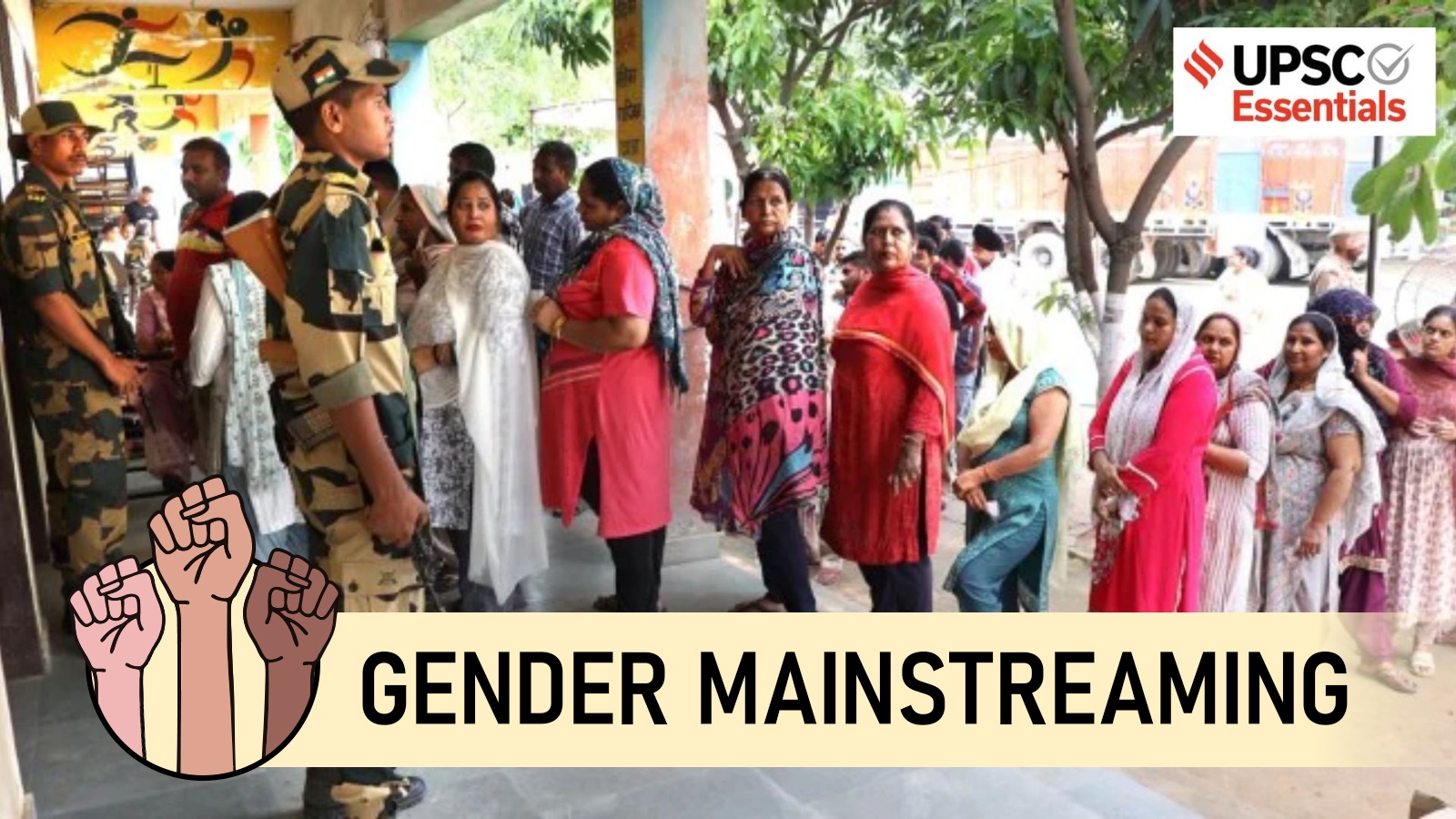
















_1.png?#)

